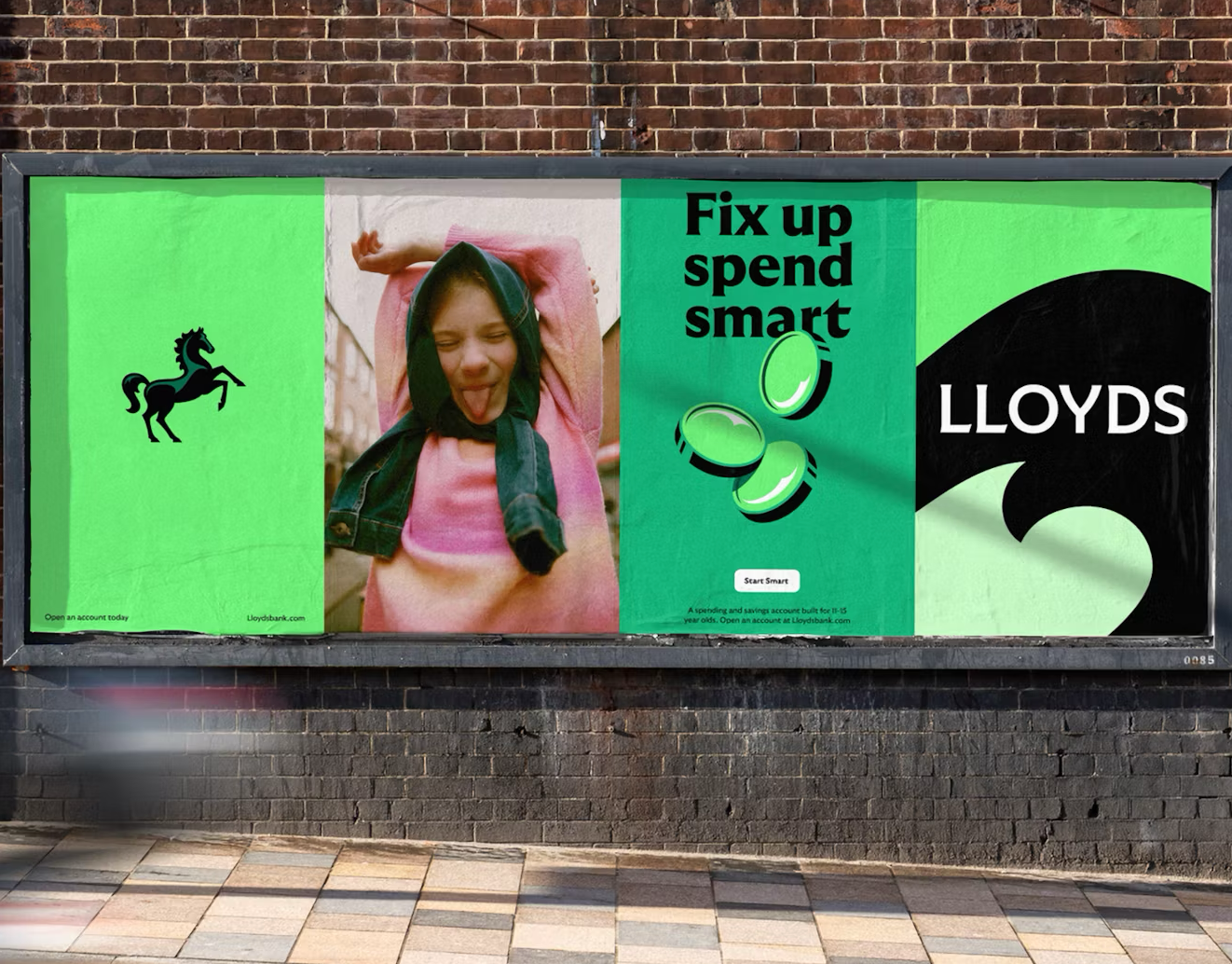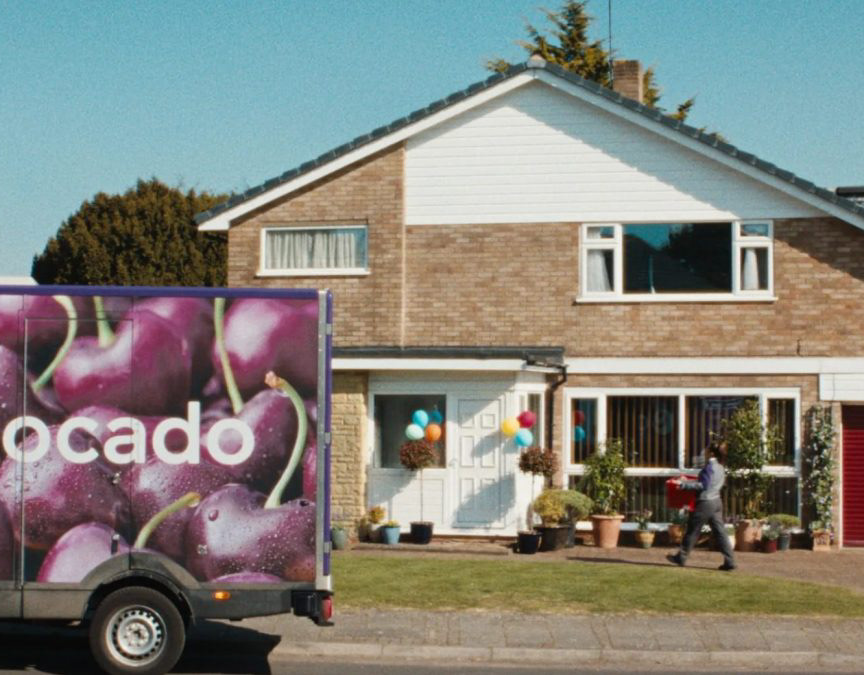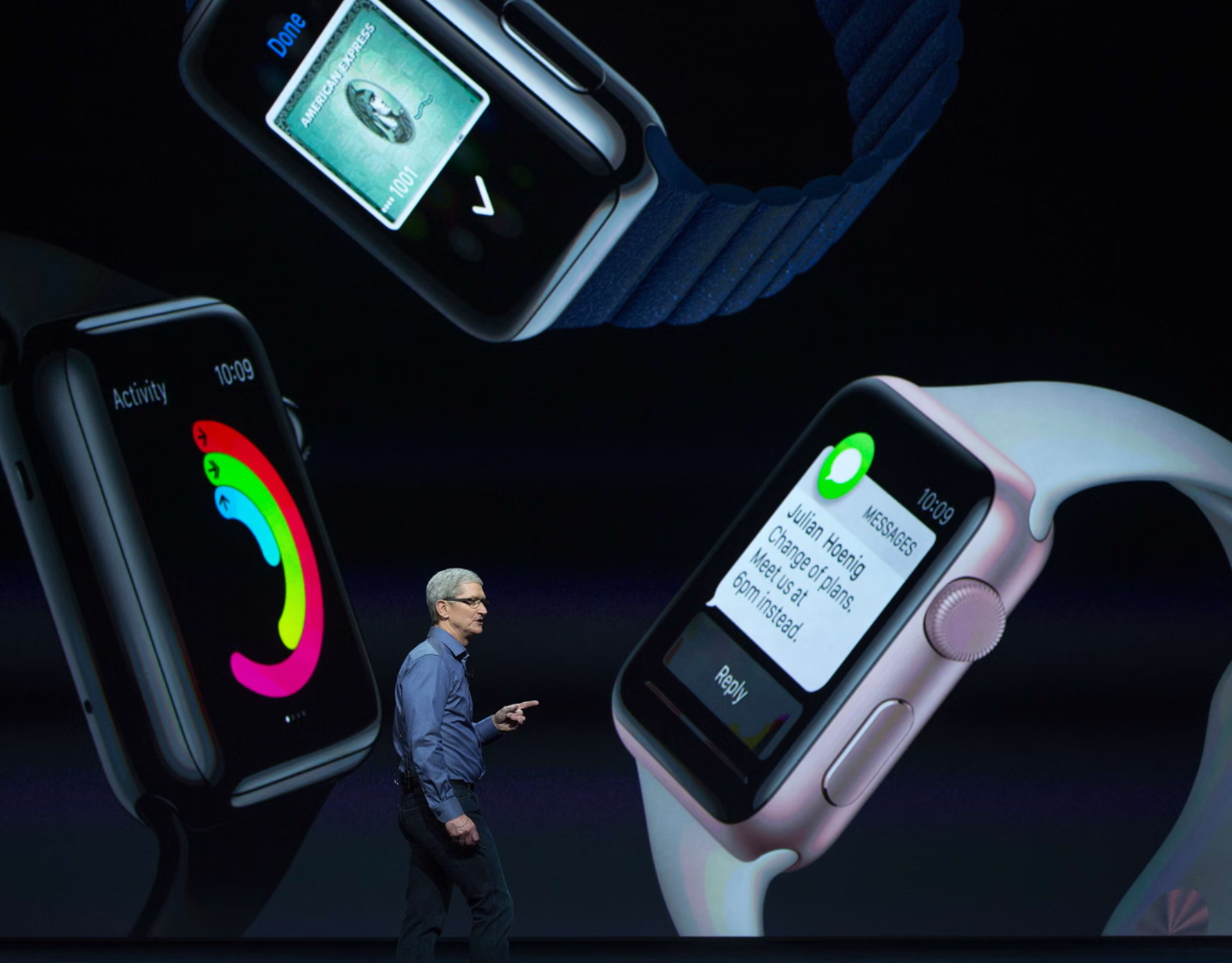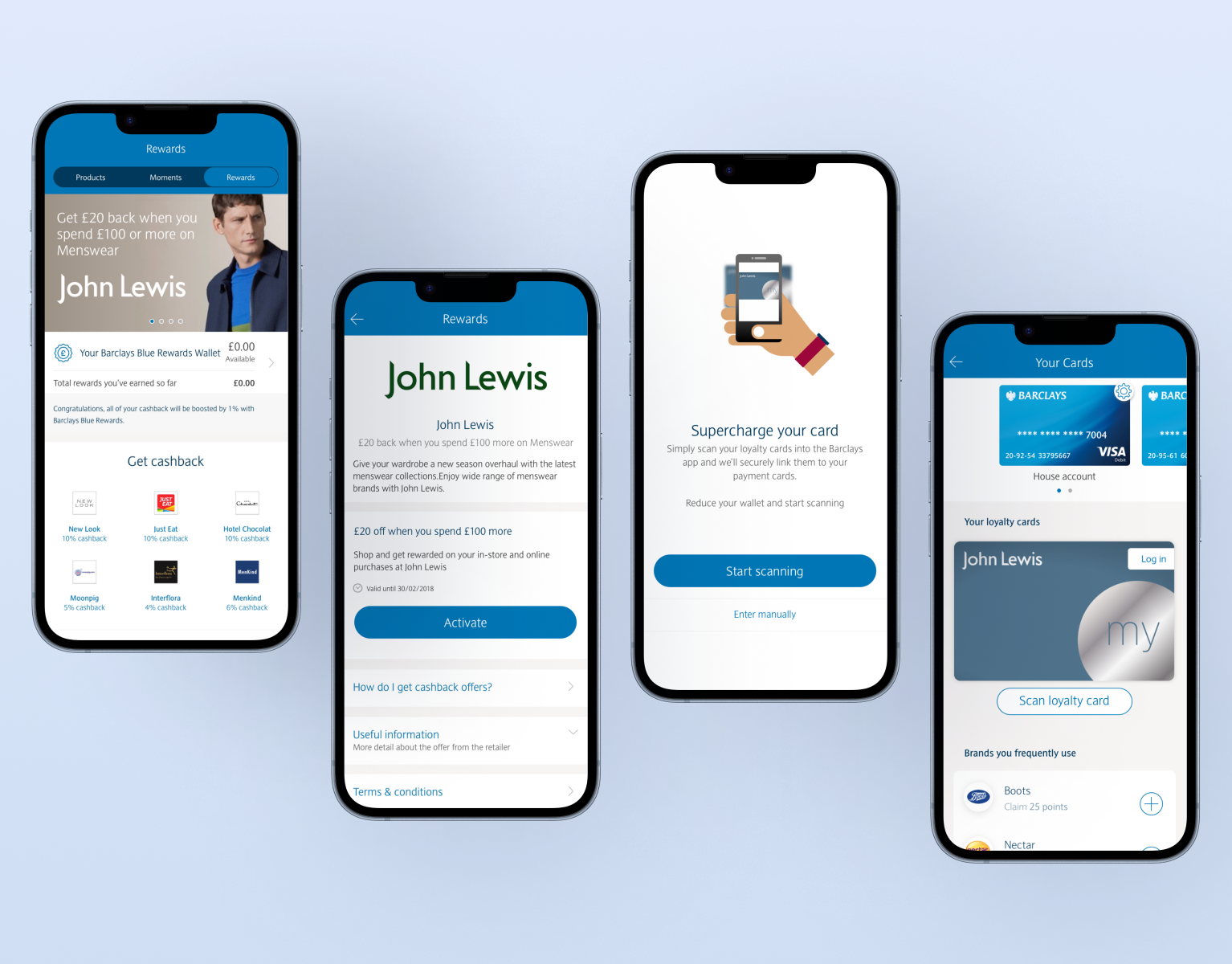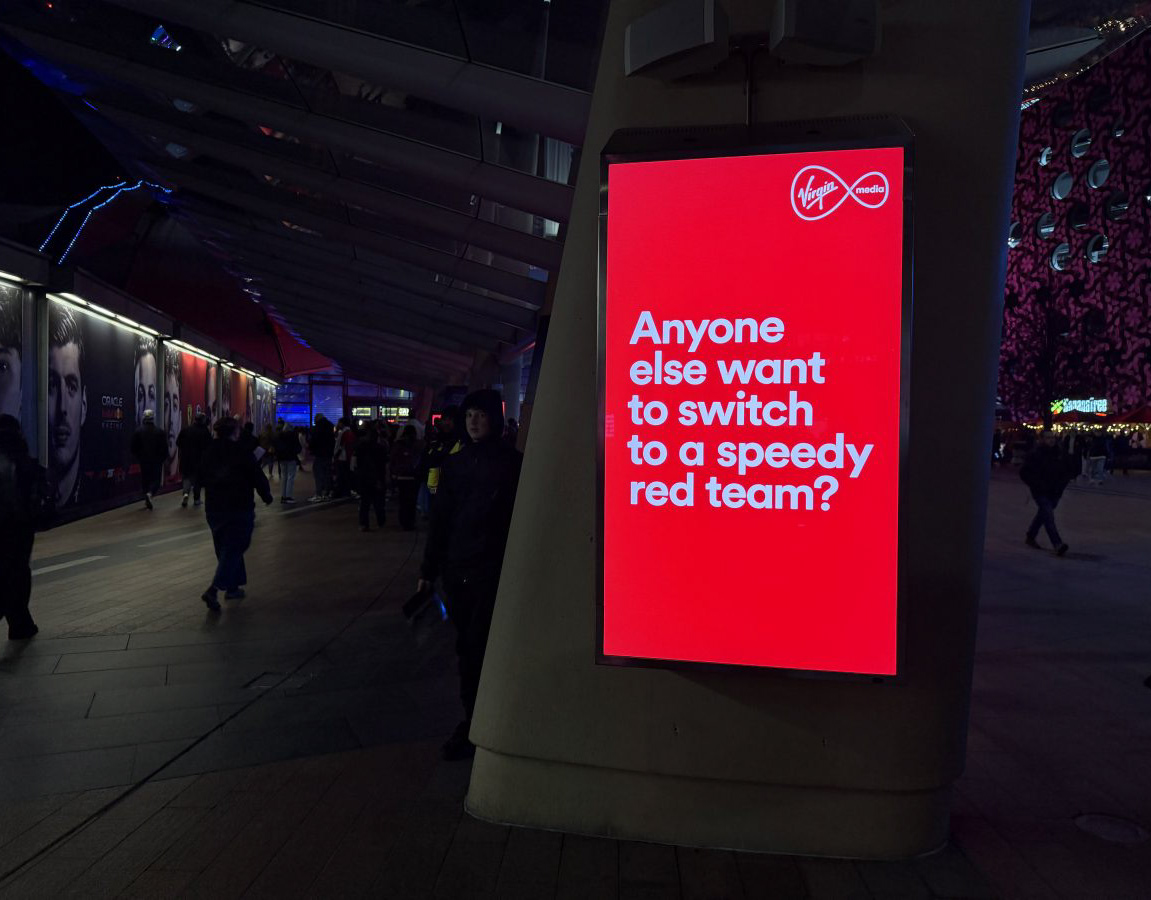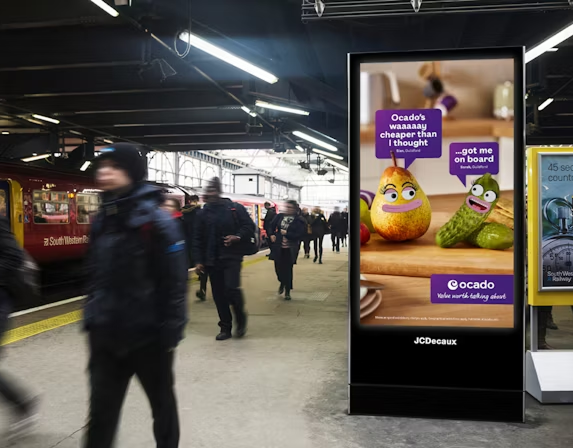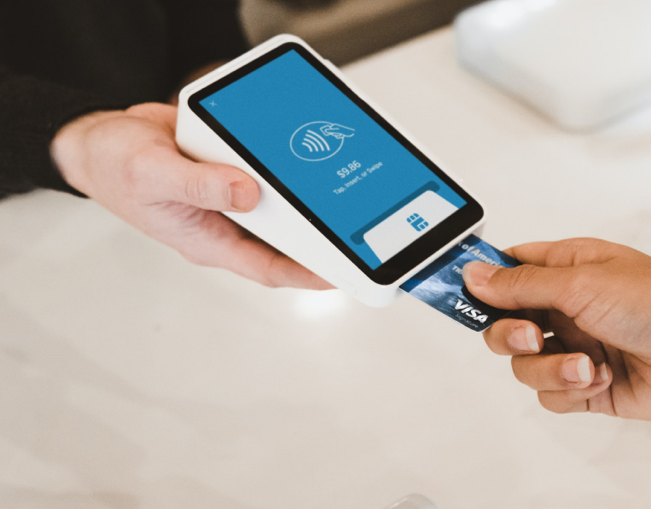Client: Abu Dhabi Digital Authority (ADDA)
Agency: IBM iX
Role: UX Designer
Duration: 12 months
Team: Multi-disciplinary SCRUM teams across business, healthcare, education, tourism, and housing
Agency: IBM iX
Role: UX Designer
Duration: 12 months
Team: Multi-disciplinary SCRUM teams across business, healthcare, education, tourism, and housing
Goal: Design a unified digital ecosystem connecting all government services in Abu Dhabi into one platform.
Impact: A single point of access for citizens, residents, and visitors to complete government services seamlessly — transforming Abu Dhabi’s digital experience strategy.
The Challenge
Abu Dhabi’s government services were spread across dozens of disconnected entities, each with their own systems, websites, and processes.
The challenge was to create a single, consistent experience that would allow people to complete everything — from paying bills to registering a business — in one place.
The challenge was to create a single, consistent experience that would allow people to complete everything — from paying bills to registering a business — in one place.
For the government, TAMM represented a major step toward a proactive, citizen-first digital ecosystem. For users, it needed to feel personal, trustworthy, and simple enough to navigate the complexity of public services.
Government Agencies Involved
Key Considerations
Personalised to you — A customer-centric approach that understood users’ life stages, designing journeys that adapted to their needs.
Convenient — Accessible anytime, anywhere, allowing people to manage their government interactions without visiting offices.
Fast and Efficient — An omnichannel experience designed to anticipate user needs, not just respond to them.
Program Setup
The TAMM program was immense — structured into multiple verticals including business, healthcare, education, tourism, and housing. Each had its own SCRUM team composed of:
● Product Owners and Program Managers
● Business Analysts and UX Designers
● Interface and Front-end Developers
● Back-end and Infrastructure Engineers
● System Testers and Technical Writers
Working in two-week sprints, we used Agile to deliver testable features quickly, gaining early feedback and iterating efficiently.
My Role & Contributions
I was responsible for end-to-end UX delivery within my assigned journey, Death and Inheritance — a particularly sensitive and complex flow that required both empathy and clarity.
My activities included:
● Research & stakeholder interviews
● Proto-personas and empathy mapping
● Design thinking workshops
● Rapid prototyping and wireframing
● User flows and information architecture
● UI design aligned with the Design Language System (DLS)
● Mentoring junior designers and new starters
● Daily collaboration with developers and interface teams
Research & Discovery
We began by interviewing key stakeholders and citizens to understand pain points and emotional triggers. For journeys like Death and Inheritance, empathy was critical — balancing procedural accuracy with compassion.
Workshops were used to define personas, pain points, and feature priorities. These informed how we approached each journey — ensuring every touchpoint respected both the user’s needs and the government’s operational constraints.
Workshops were used to define personas, pain points, and feature priorities. These informed how we approached each journey — ensuring every touchpoint respected both the user’s needs and the government’s operational constraints.
Design Thinking Workshops
Each journey began with a two-day design thinking workshop involving designers, product owners, and government sponsors.
I helped facilitate exercises such as:
I helped facilitate exercises such as:
● Scenario mapping and empathy mapping
● Ideation and prioritisation
● Sketching and rapid concept validation
These sessions helped teams quickly align on key flows, while staying grounded in user insight rather than bureaucracy.
Information Architecture
Once core features were identified, I developed the Information Architecture (IA) to visualise structure and hierarchy. The IA became an evolving artifact — refined through stakeholder feedback and technical review. Iterating early prevented misalignment later, ensuring clarity in navigation and content grouping.
Wireframing, Prototyping & Testing
Starting from low-fidelity sketches, I progressed to mid- and high-fidelity wireframes using Sketch and InVision.
This allowed for rapid validation with stakeholders and developers. Using Overflow, I mapped detailed user flows, which helped reduce missed edge cases and made journeys easier to understand across teams.
Regular testing cycles ensured we stayed connected to user needs — balancing efficiency with empathy throughout.
This allowed for rapid validation with stakeholders and developers. Using Overflow, I mapped detailed user flows, which helped reduce missed edge cases and made journeys easier to understand across teams.
Regular testing cycles ensured we stayed connected to user needs — balancing efficiency with empathy throughout.
UI Design & Design Language System (DLS)
A dedicated interface design team managed the overarching DLS, while I worked to ensure our journey aligned with its evolving standards.
I identified required components, tested them, and integrated them into my designs — avoiding duplication and ensuring consistency across the wider ecosystem.
I identified required components, tested them, and integrated them into my designs — avoiding duplication and ensuring consistency across the wider ecosystem.
Example of 'Allocation of assets'
Tracking & Alignment
Given the scale of the program, visibility was everything.
I kept detailed records of journey progress, dependencies, and blockers — ensuring smooth collaboration with other verticals and maintaining design integrity across dozens of parallel teams.
I kept detailed records of journey progress, dependencies, and blockers — ensuring smooth collaboration with other verticals and maintaining design integrity across dozens of parallel teams.
Conclusion
Working on TAMM was a masterclass in designing for complexity. Coordinating across government agencies, verticals, and timelines required flexibility and clear communication.
If I were to revisit it, I’d advocate for UX involvement from the very beginning. Early alignment could have reduced rework and unified the design system more effectively.
Despite the challenges, we delivered a powerful foundation for Abu Dhabi’s digital transformation. TAMM became a truly human-centred government platform — enabling people to manage life’s major events, from business ownership to personal loss, through a single, accessible digital experience.
Reflection
TAMM taught me the value of empathy at scale — how to design systems that respect users’ emotions while solving logistical complexity.
It strengthened my leadership skills, honed my facilitation abilities, and deepened my appreciation for collaboration across disciplines and cultures.
It strengthened my leadership skills, honed my facilitation abilities, and deepened my appreciation for collaboration across disciplines and cultures.
